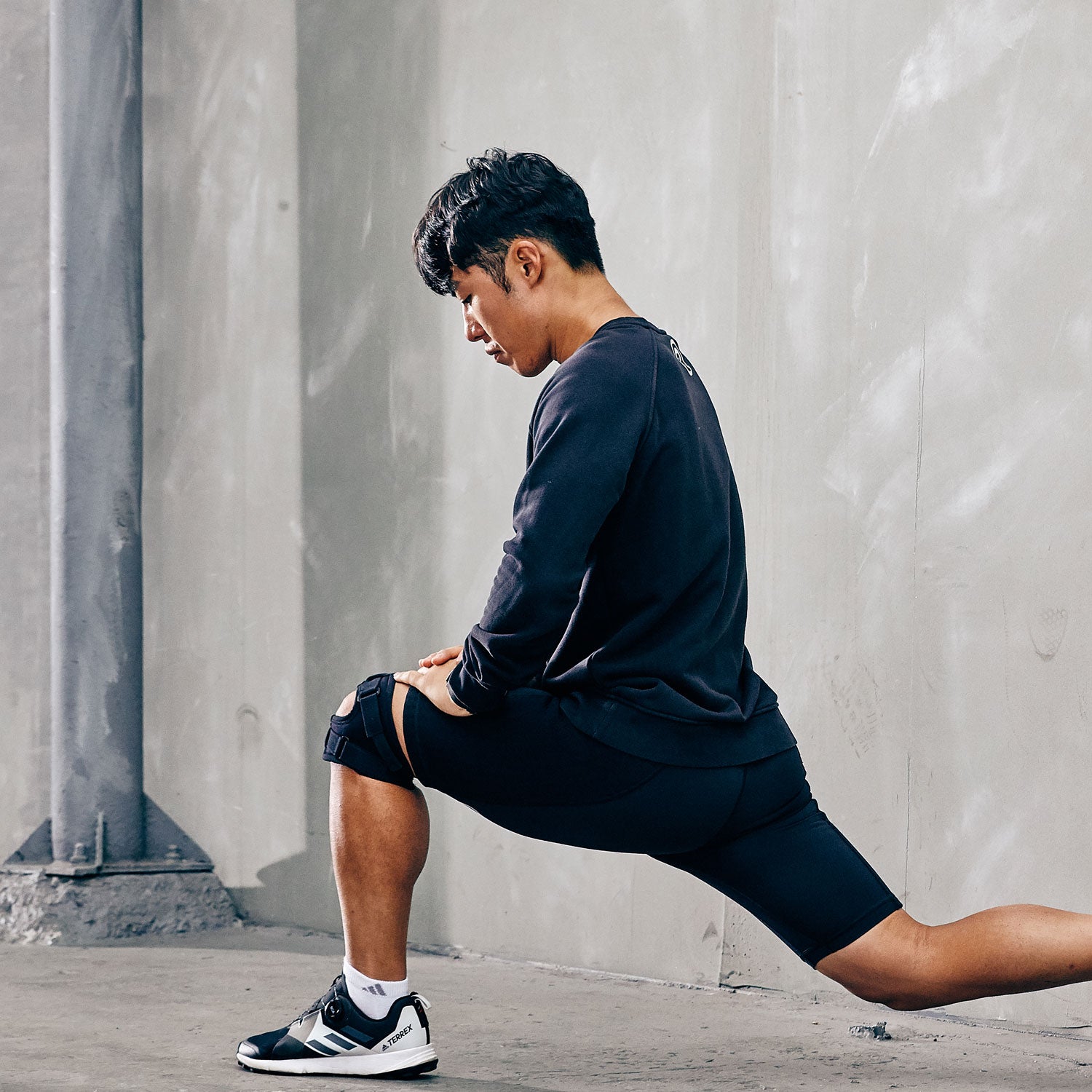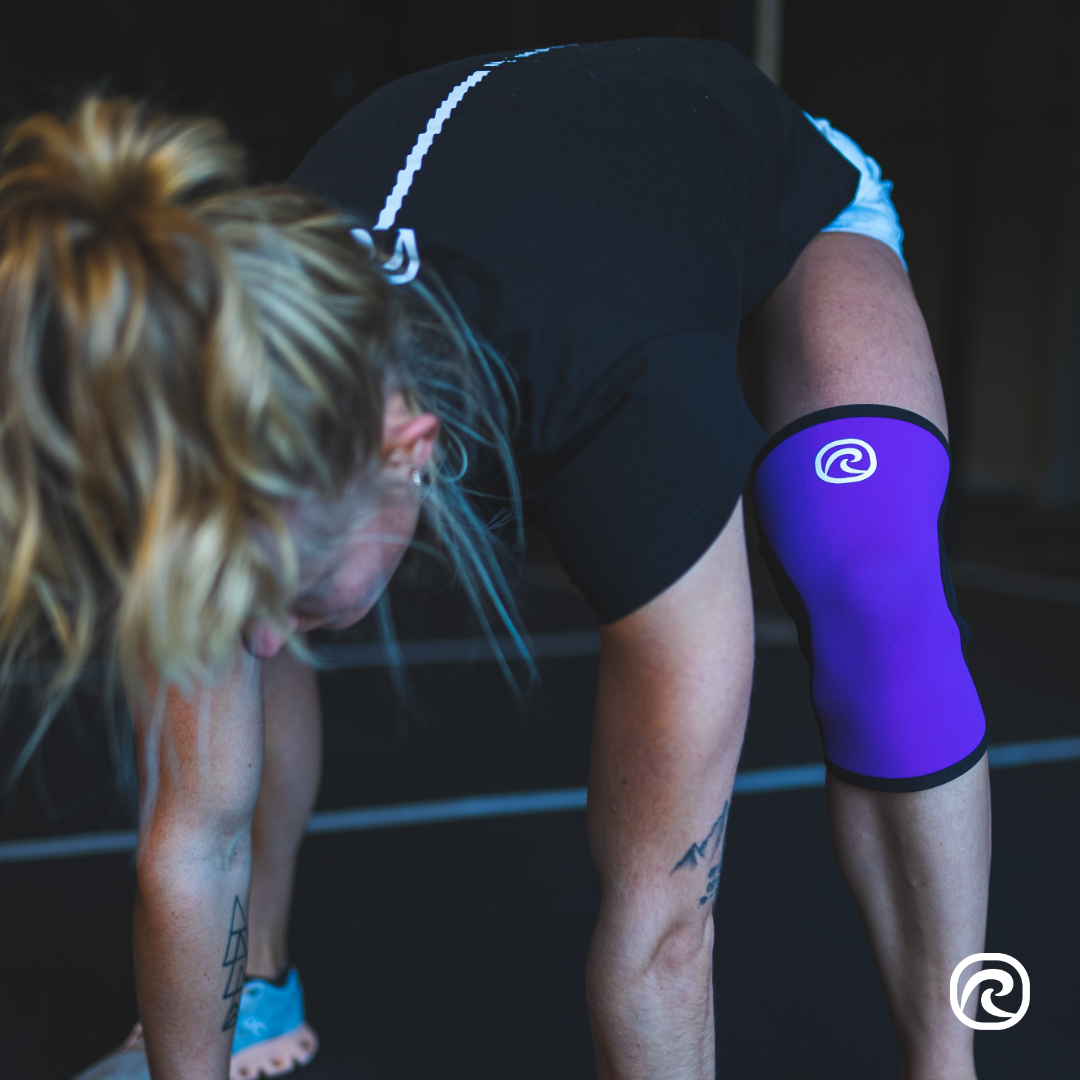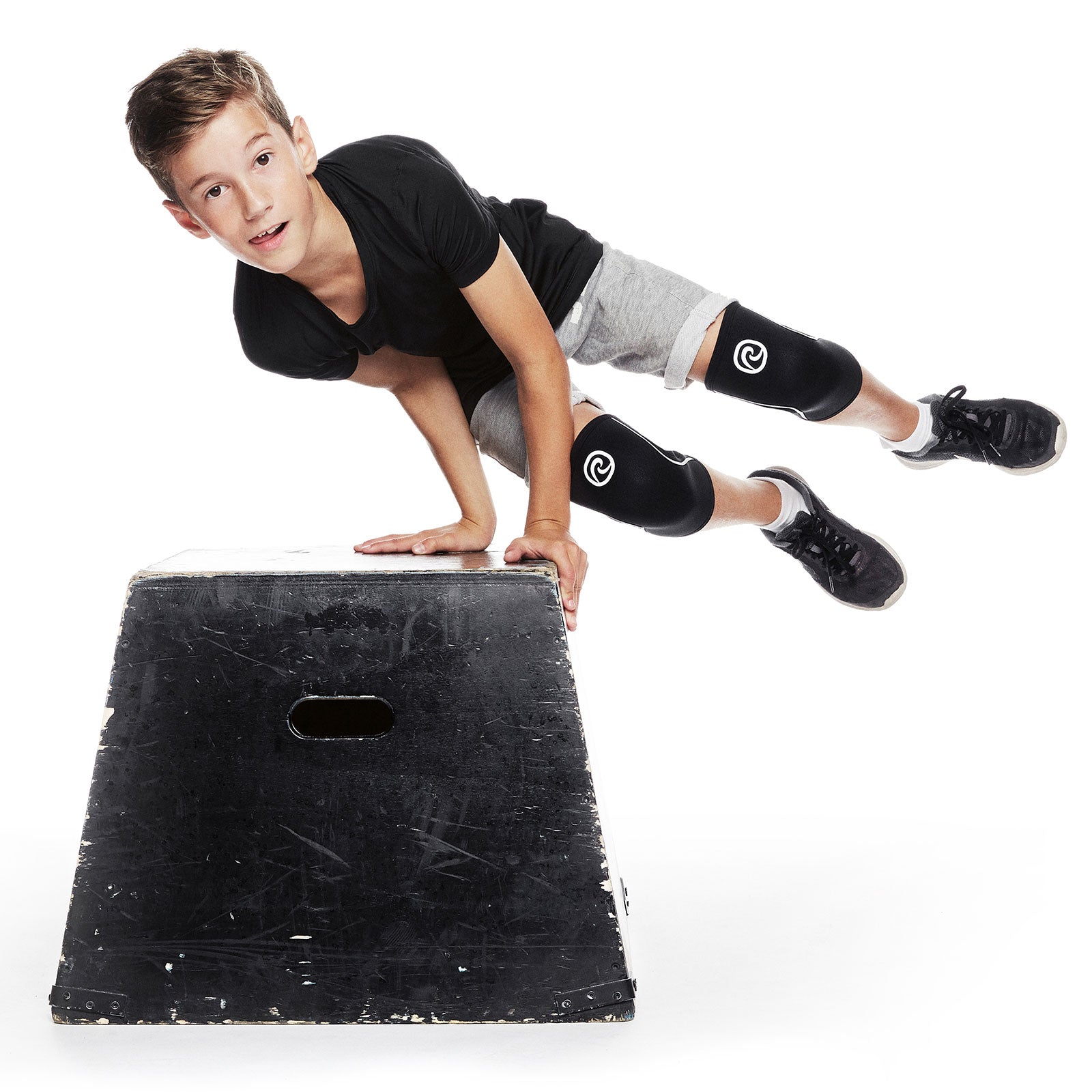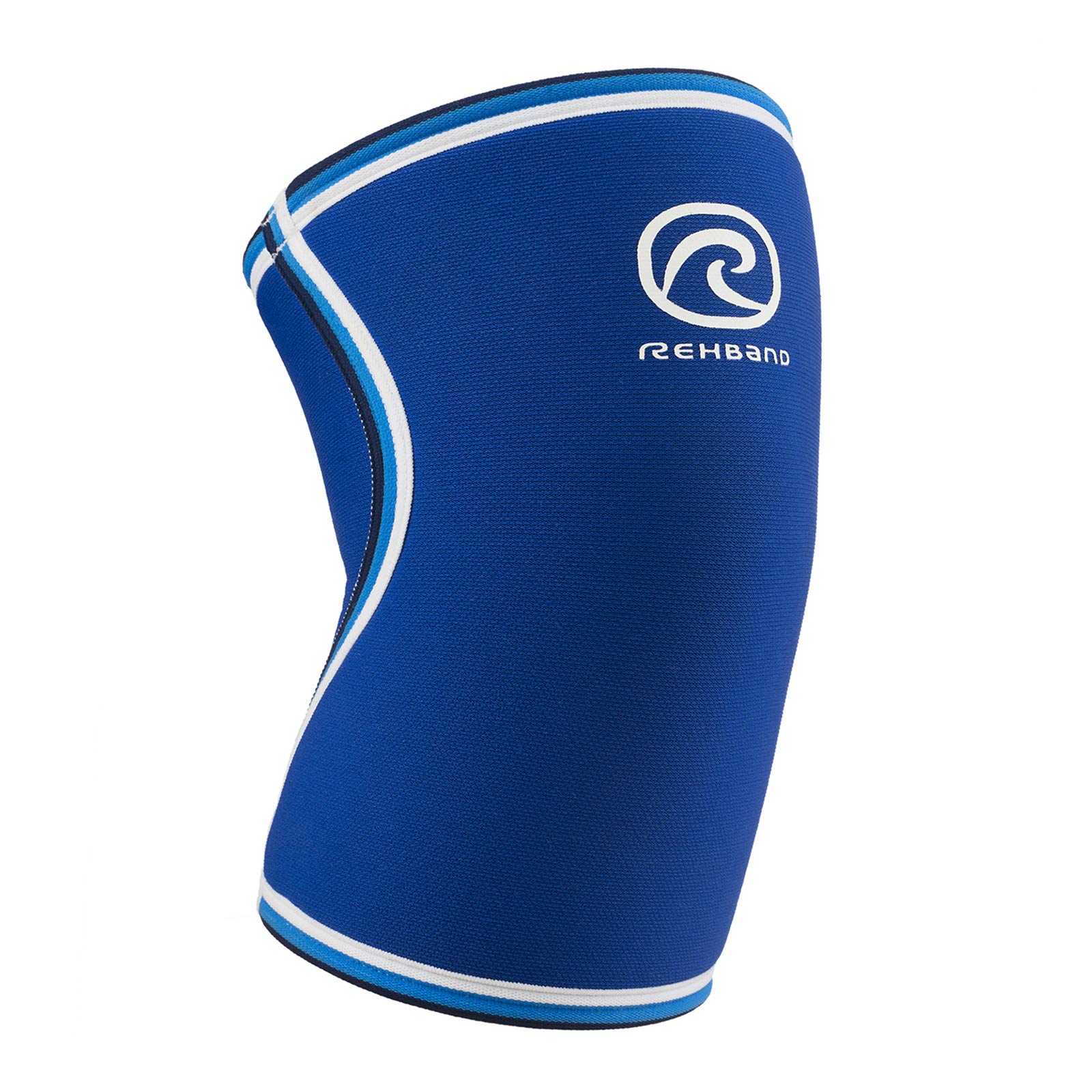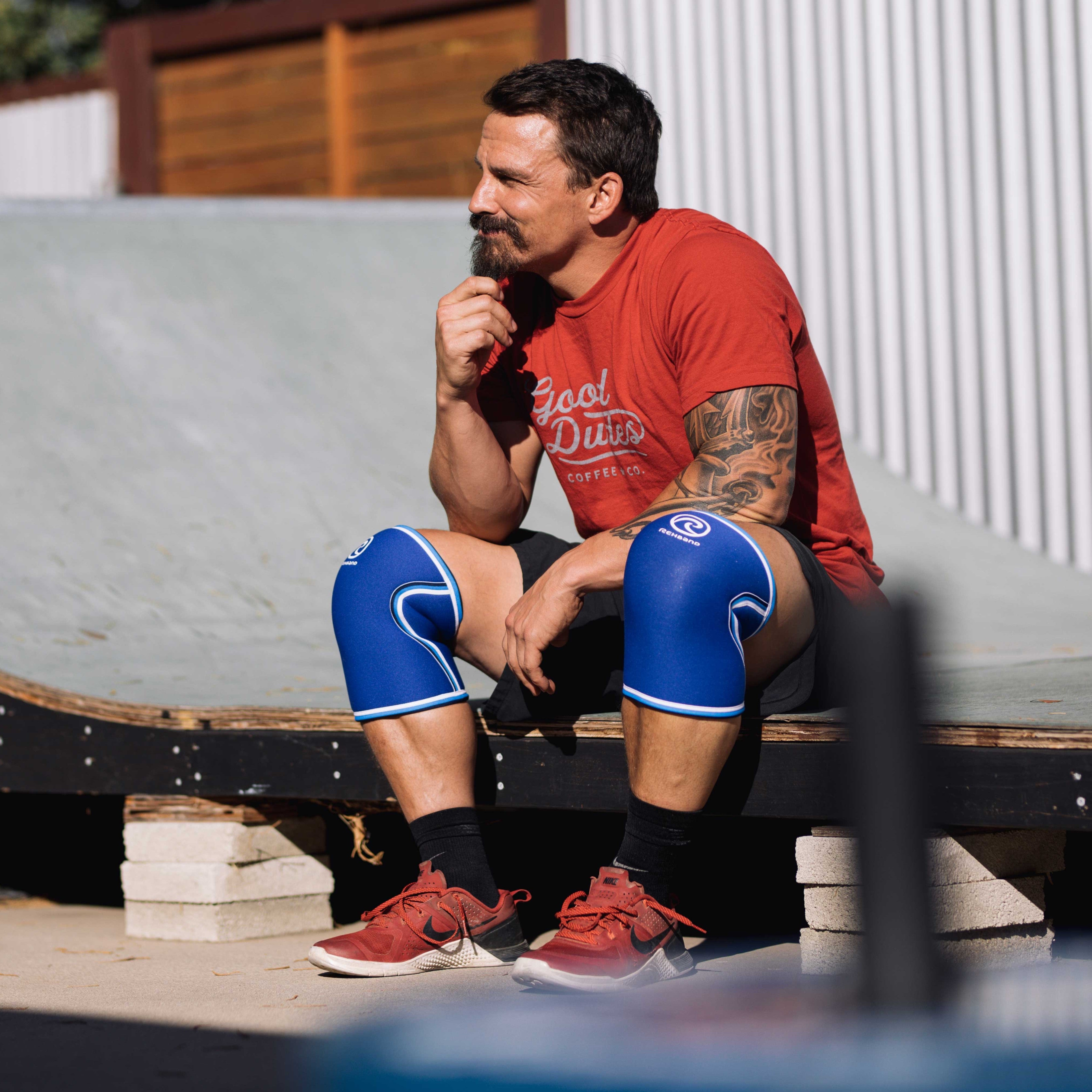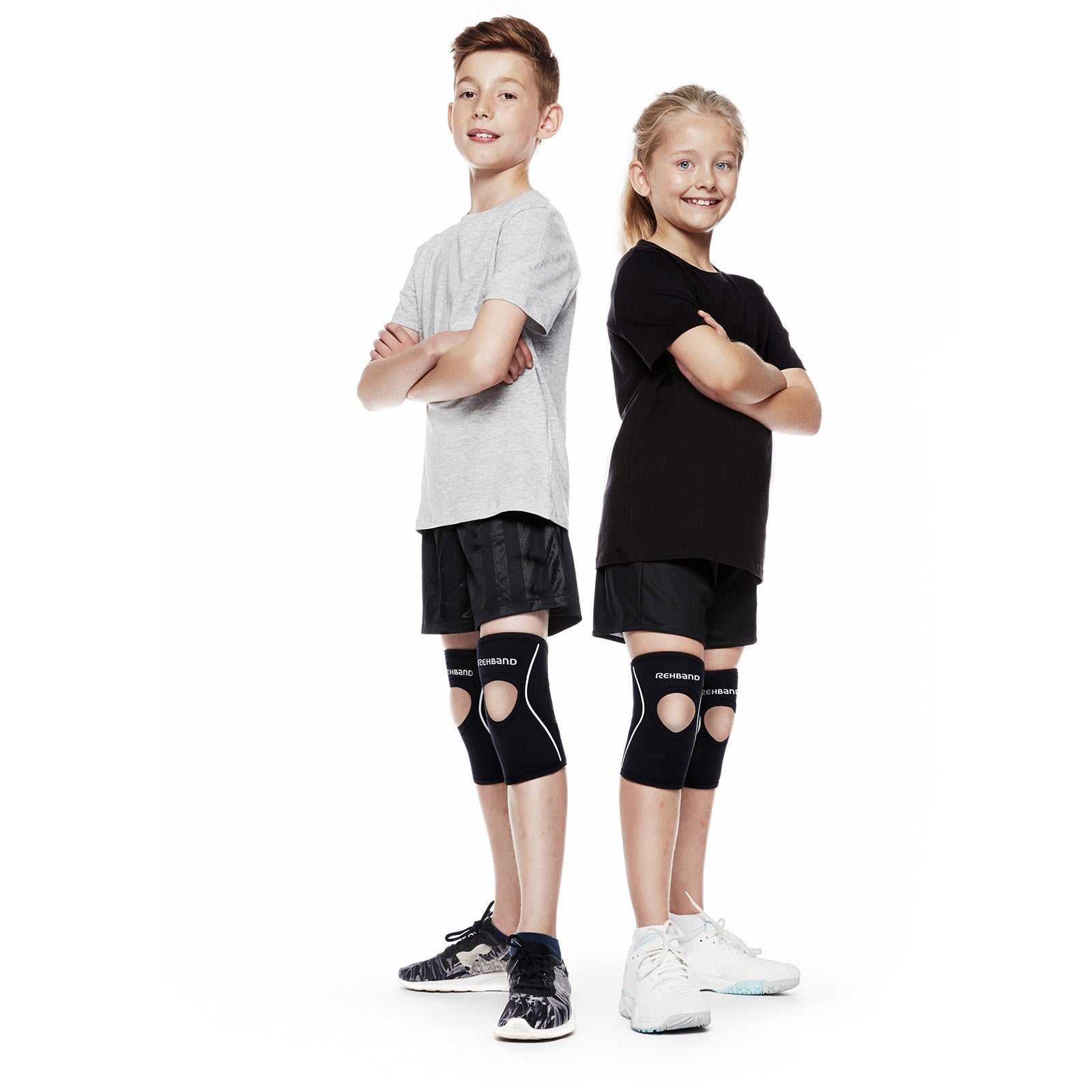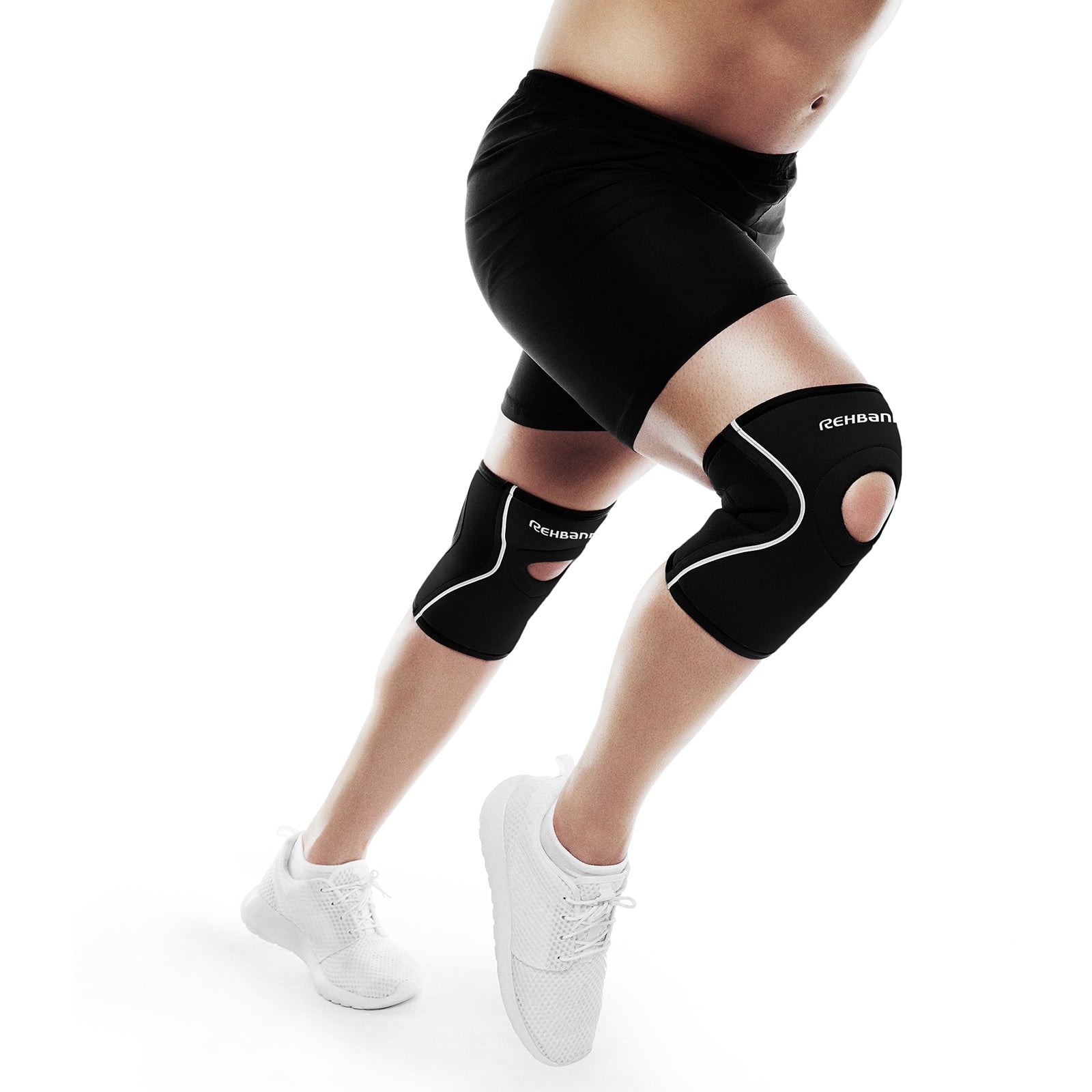ACL Injuries
Anterior Cruciate Ligament (ACL) injuries are among the most common and significant knee injuries, particularly in sports that involve sudden stops, pivots, or changes in direction. The ACL is a crucial ligament located in the center of the knee, responsible for stabilizing the joint by preventing the tibia (shinbone) from sliding forward relative to the femur (thighbone). The ACL primarily resists anterior translation and rotational forces, stabilizing the knee joint. When the ACL is torn or ruptured, it can significantly affect an athlete’s ability to continue participating in sports.
ACL injuries are particularly prevalent in sports such as football, basketball, handball, floorball and downhill skiing, where quick turns, jumps and landing in awkward positions put strain on the knee. These sports involve high-speed movements with frequent cutting, pivoting, or decelerating, increasing the risk of non-contact ACL injuries. Those injuries are most often caused by non-contact mechanisms, such as sudden changes in direction, stopping too quickly, or landing with the knee extended or in valgus (inward) position after a jump. While direct impact from a collision can also cause ACL tears, it is less common.
Did you know: Women are at higher risk for non-contact ACL injuries due to biomechanical and anatomical differences.
Early Diagnosis of ACL Injuries
Athletes who suffer an ACL injury may experience a loud "pop" sound at the time of the tear, followed by immediate swelling, instability and difficulty bearing weight on the affected leg. Diagnosis of an ACL injury is critical at an early stage to ensure the appropriate treatment plan is started. Medical professionals typically use physical examinations, such as the Lachman test, the pivot shift test or MRI scans to confirm the diagnosis. MRI also helps in assessing associated injuries (such as meniscal tears or bone bruising), which are common in ACL injuries.
Treatment options vary depending on the severity of the injury and the individual’s activity level. In most cases, surgery is required to reconstruct the torn ligament, especially for those who wish to return to sports that involve pivoting. Post-surgery rehabilitation and physical therapy are essential for restoring strength, flexibility and stability to the knee joint. The rehabilitation process can take 6–12 months. For individuals with a less active lifestyle or minor tears, non-surgical treatments such as bracing and physical therapy may suffice.
Without proper treatment, an ACL tear can lead to long-term issues such as chronic instability, cartilage damage and early-onset arthritis, making it vital to address the injury promptly.

